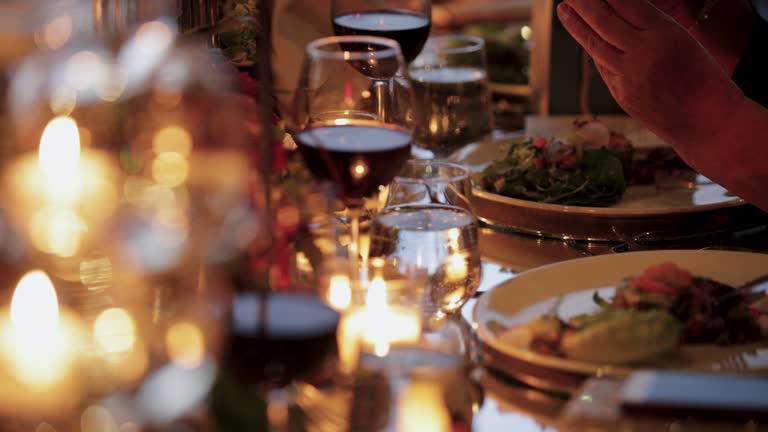
Written by SkillelevatorsFebruary 22, 2025
Why Some Foods Are Meant to Be Eaten with Your Hands
Restaurant Article
Fine dining often emphasizes elegant etiquette, but some of the world’s most luxurious foods—like lobster, caviar, and oysters—are traditionally eaten by hand. Why? The answer lies in history, practicality, and even flavor.
Why Hand-Eating is Acceptable in Fine Dining
- Enhancing Flavor & Texture – Some foods, like caviar, react with metal utensils, affecting their taste. Using a pearl spoon or your hand preserves the delicate flavor.
- Practicality & Tradition – Foods like lobster, shrimp cocktails, and oysters are best enjoyed by hand for ease of eating and maintaining their natural experience.
- Cultural Influence – Many fine dining dishes, from sushi to Ethiopian injera, have deep-rooted traditions of being eaten by hand.
Surprising Fine Dining Foods Meant for Hands
- Caviar – Traditionally placed on the back of the hand for purity of taste.
- Lobster & Shellfish – Often served with tools, but hands are expected for cracking and dipping.
- Oysters – Slurped directly from the shell, no fork required.
- Asparagus – Historically eaten by hand when served without sauce.
- Sushi – In high-end omakase, eating sushi with your hands is preferred for better texture and grip.
Fine Dining Etiquette Tip
If unsure, observe others or ask the server for guidance. The key to sophisticated dining isn’t just using utensils—it’s knowing when not to.
You may also like
Archives
Calendar
| M | T | W | T | F | S | S |
|---|---|---|---|---|---|---|
| 1 | 2 | |||||
| 3 | 4 | 5 | 6 | 7 | 8 | 9 |
| 10 | 11 | 12 | 13 | 14 | 15 | 16 |
| 17 | 18 | 19 | 20 | 21 | 22 | 23 |
| 24 | 25 | 26 | 27 | 28 | 29 | 30 |
| 31 | ||||||

Leave a Reply